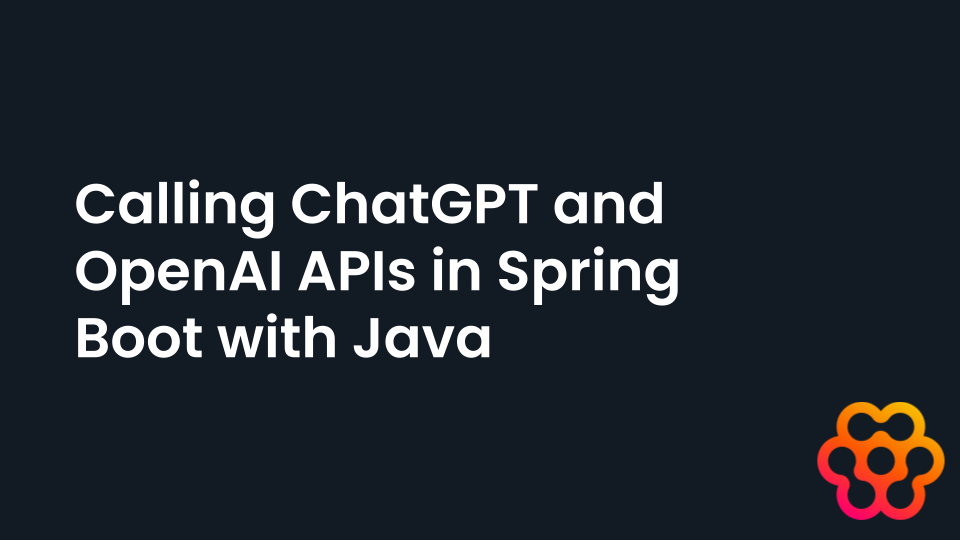Category:
.png)
More CRUD with less LOC: Simplifying data management with Vaadin’s AutoCrud
With AutoCrud, Vaadin has a powerful React component that simplifies creating a full CRUD for a Java entity in just a few steps. The acronym CRUD stands for Create, Read, Update, and Delete database operations—basic functions for editing data in a form. The AutoCrud component provides the following ...
.png)
Mastering internationalization in Vaadin: A step-by-step guide
Building applications for a global audience requires more than just translating text. It's about creating a user experience that feels native for users in different regions, regardless of their language or cultural background. This is where internationalization (i18n) and localization (l10n) come ...

How to publish Java libraries to Maven Central with GitHub
The Central Repository, often referred also as Maven Central or simply Central, is the primary repository for publicly shared JVM libraries, independent of the actual build tool. For example, since JCenter was closed, you are most likely using Maven Central, even if you wouldn’t be using Maven. ...

Three quick ways to display your Java objects in the UI
As a developer, there often comes a time when you need to quickly display your data structures in a human-readable format on the screen. During development, debuggers often provide a nice tree-like view of your data objects, which helps visualize the structure. Building something similar manually ...

Integrating Lottie web animations for better UX in Java apps
When building useful applications, things like animations are typically the last thing to think about. They all seem like extra work away from solving the “real problem.” Yet, we all know that they enhance the user experience by making interactions smoother and more intuitive. I’ve always been ...

Calling ChatGPT and OpenAI APIs in Spring Boot with Java
This article will guide you on integrating OpenAI APIs, such as ChatGPT, in your Spring Boot application. We will cover moderation, embedding, and chat completion requests. It is a part of our Building an AI chatbot in Java series. Prerequisites This tutorial assumes you already have a Spring Boot ...

Building a custom AI agent in Java: A hands-on guide
Large Language Models (LLMs) are amazing tools. We can ask them to do things for us in plain language, and they use their vast knowledge of the world to deliver an answer in an instant. But when it comes to building AI-powered applications, there's a big problem: LLMs are generic, while our ...

6 DateTimePicker components for your web apps
Inputting dates and times in web applications is a common task—whether users select a birthdate, book travel, or schedule an appointment. A reliable DateTimePicker component can drastically enhance the user experience by minimizing errors and simplifying input. There are many components designed ...

Handling slow backend actions in Vaadin apps
Vaadin’s business-app-oriented web frameworks come with a helpful productivity feature that automatically indicates to users when a backend call takes unusually long. While this feature is incredibly useful for developers to understand and manage performance, and is sufficient for most backend ...




